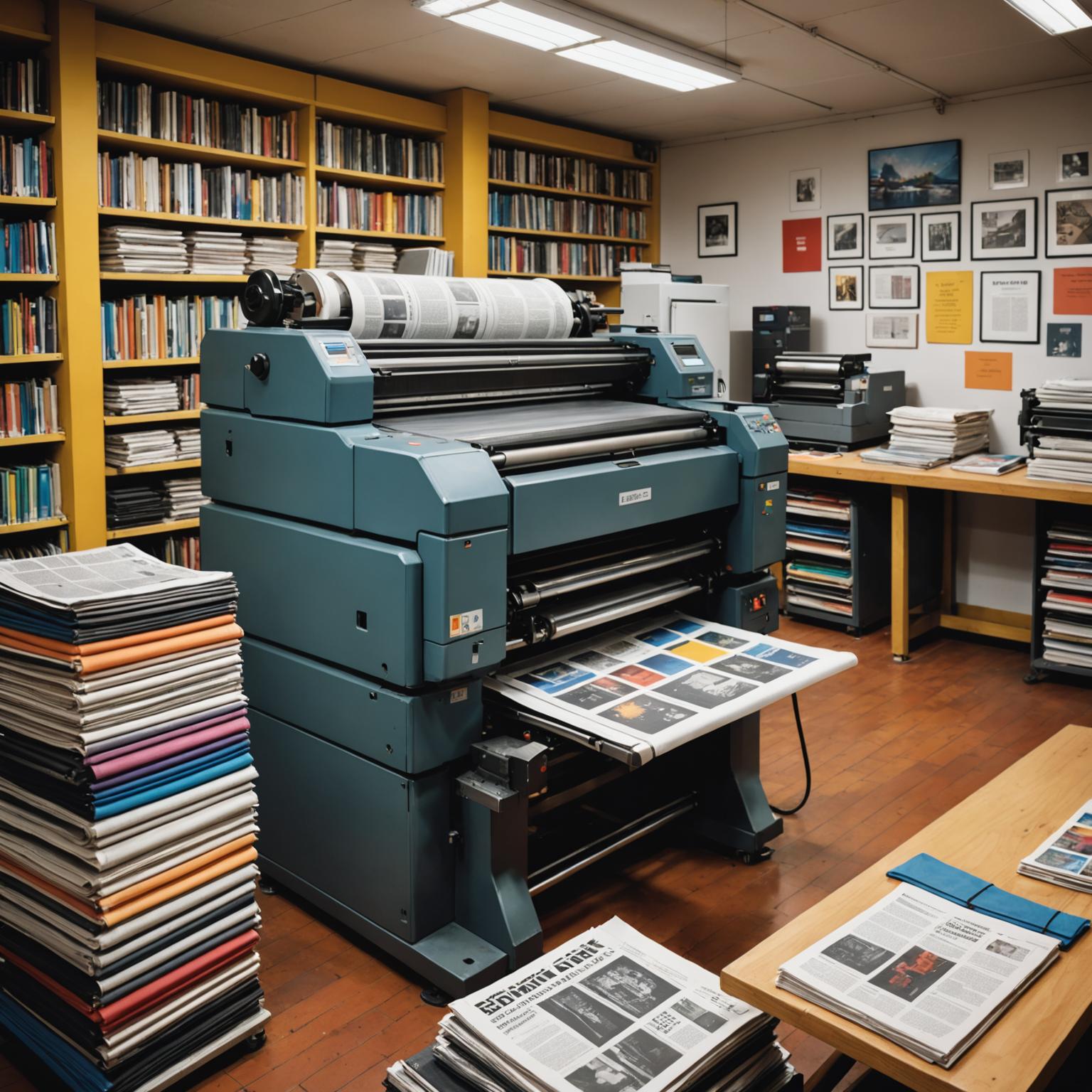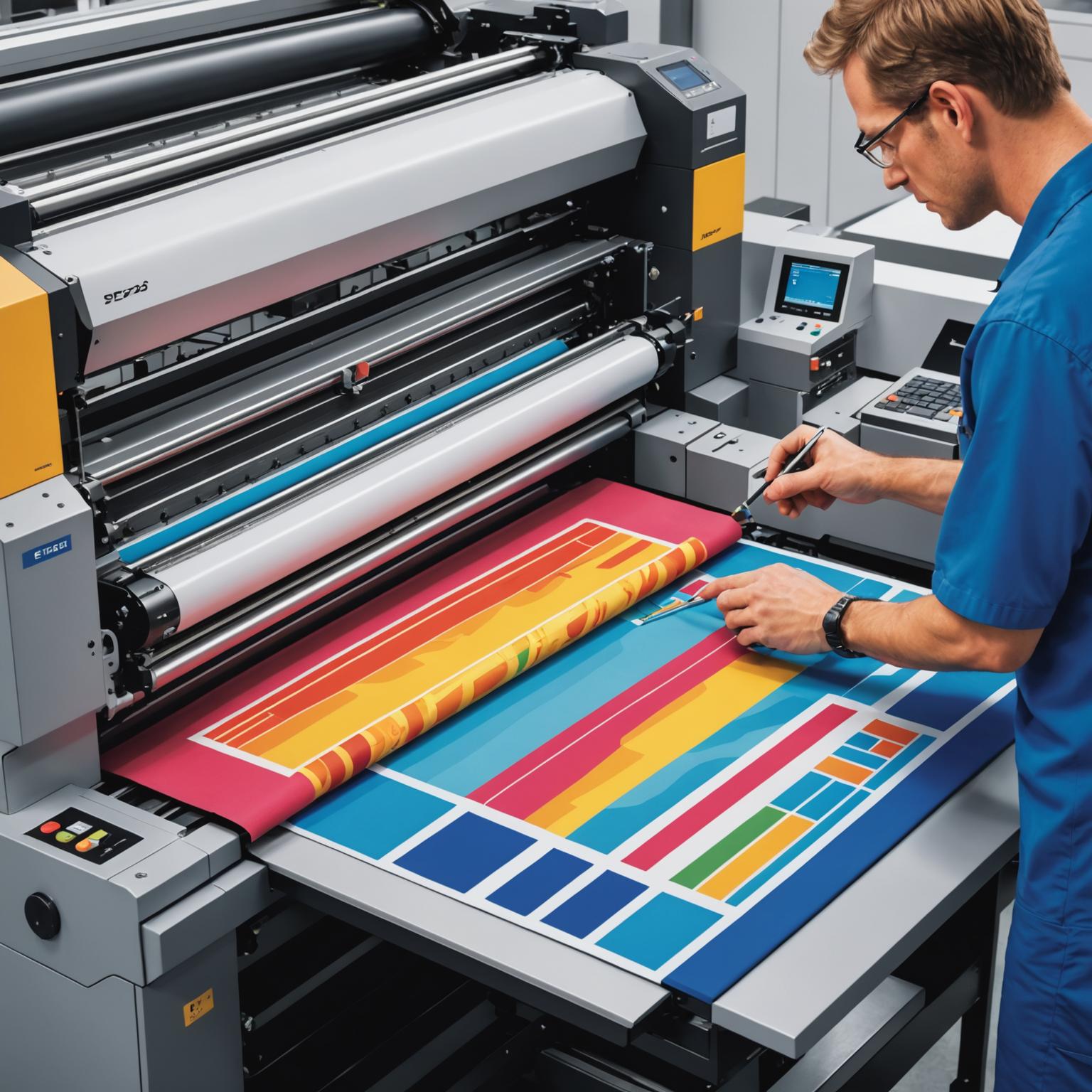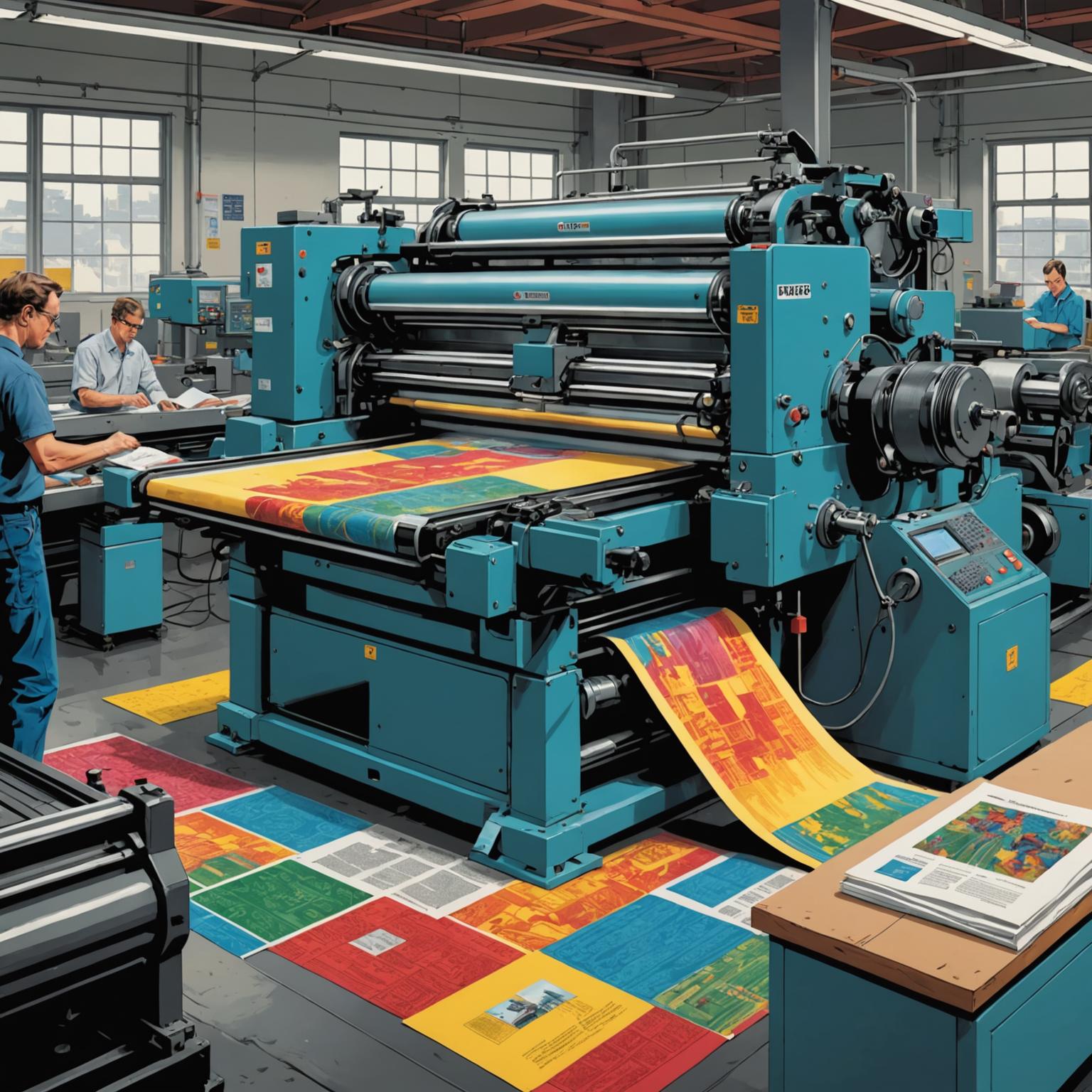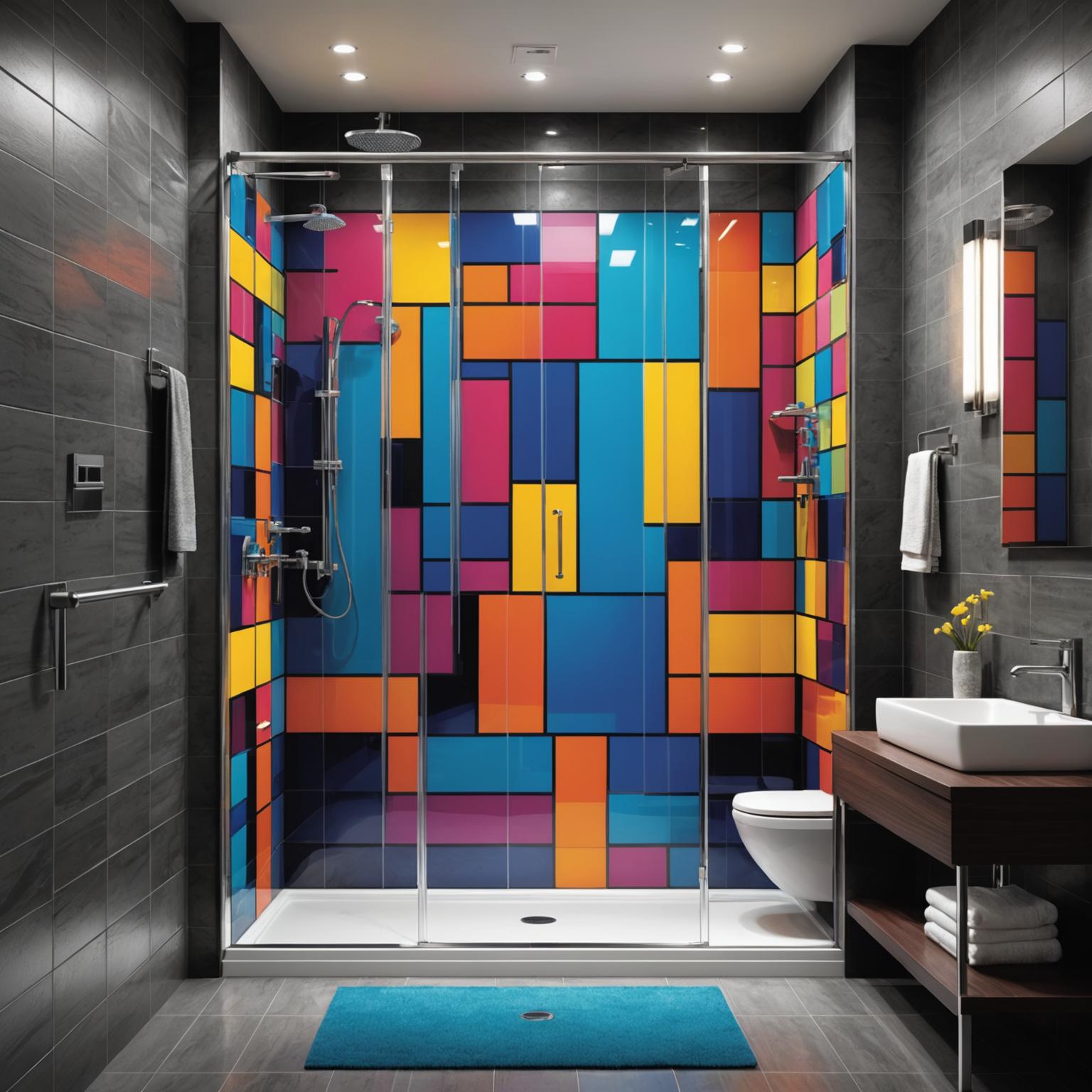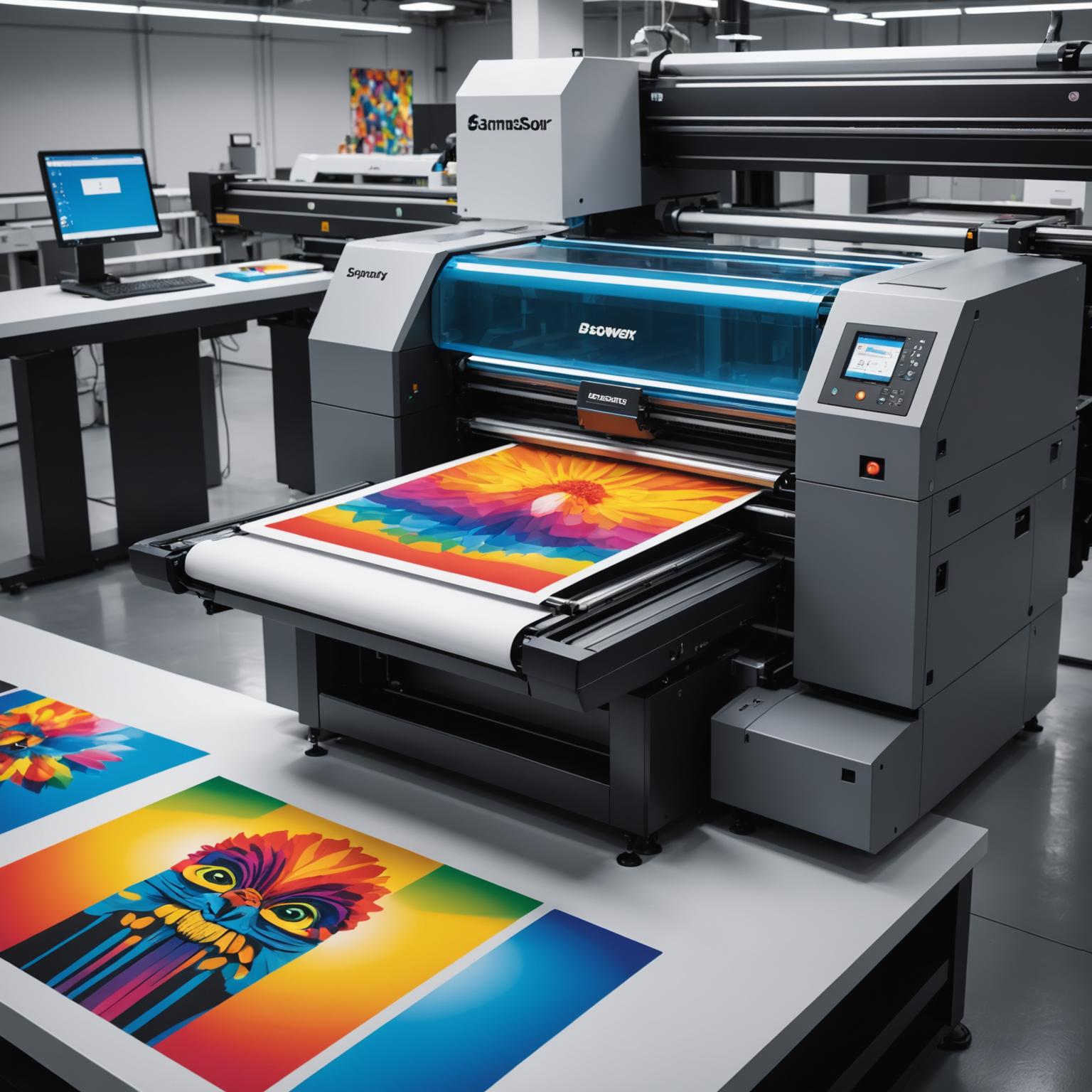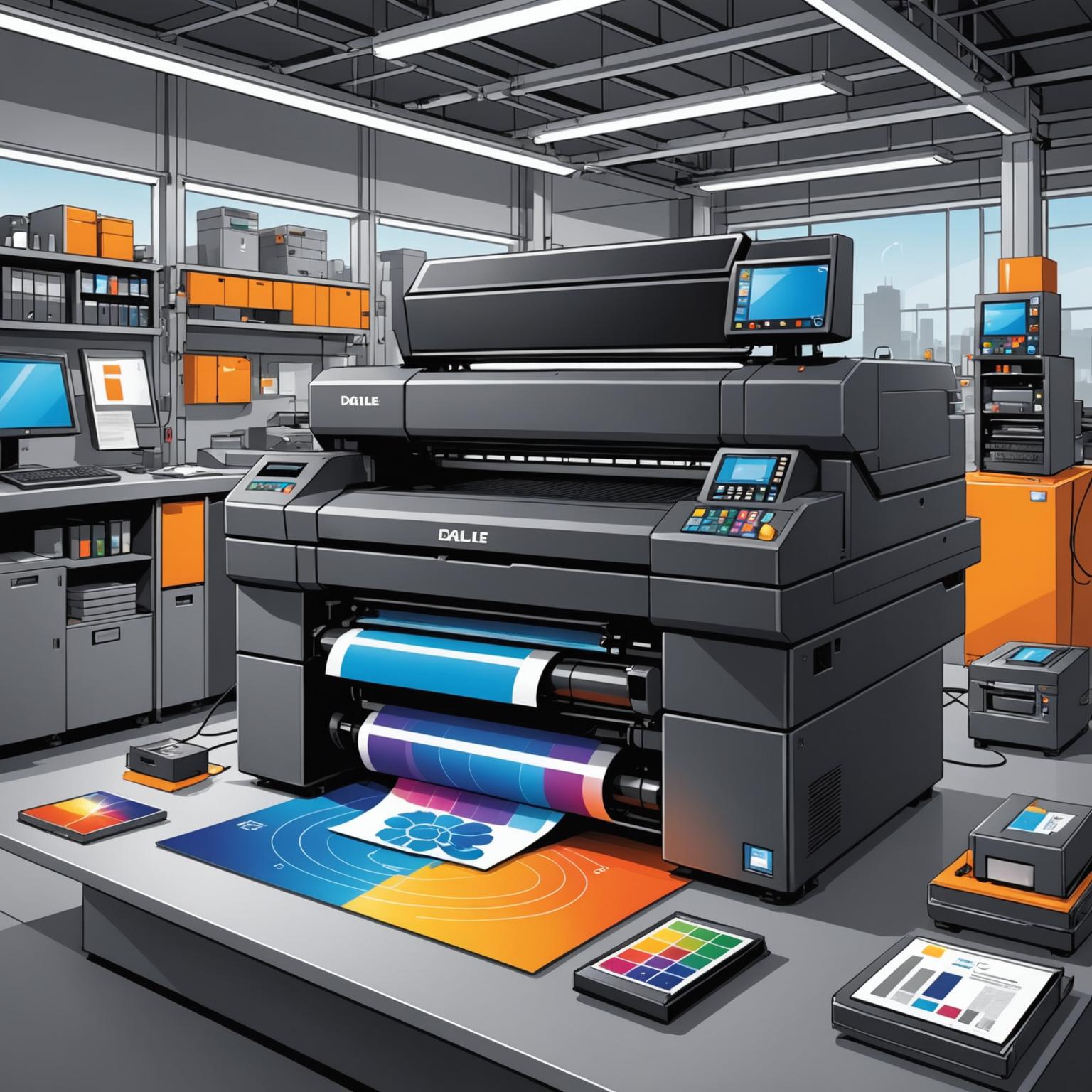The world of printing doesn't end when the ink hits the paper; in many ways, it's just the beginning. The crucial stage that follows is known as Post-press, a series of finishing operations that transform a flat printed sheet into a final, functional product like a booklet, a folded carton, or a presentation folder. This phase is where the true craftsmanship of printing is revealed, adding value, durability, and a professional look to the finished piece. Without effective post-press processes, even the most brilliantly printed design can fail to make the right impression.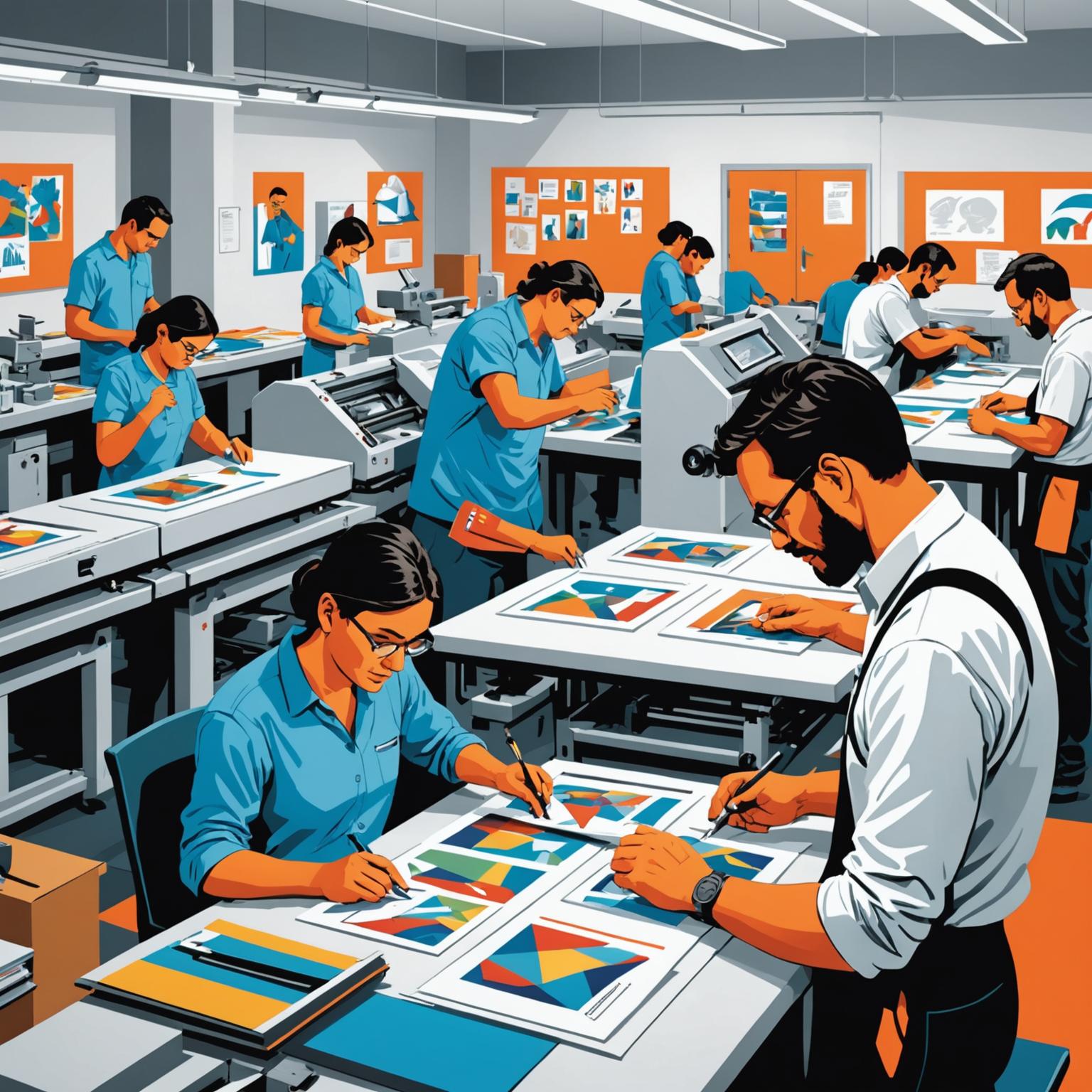
The Foundation of a Perfect Fold
One of the most fundamental post-press activities is folding. While it may seem simple, creating a clean, sharp fold, especially on thicker paper or board, requires a precise process called creasing. Creasing involves creating a mechanical indentation or groove in the substrate along the line where the fold will occur. This controlled deformation of the paper fibers prevents the material from cracking or splitting when folded, which is a common issue with heavy stocks and coated papers. A poor crease results in a jagged, unprofessional fold line that undermines the quality of the entire product.
Introducing the Creasing Matrix
To achieve a perfect crease, print finishers rely on a specialized tool known as the creasing matrix. This is a consumable, self-adhesive strip with a channel down its center that is applied to the cutting and creasing platen of a die-cutting machine. During the operation, a metal creasing rule on the die presses the paper or card into the channel of the creasing matrix. This action compresses the fibers and establishes a perfect hinge, ensuring a clean fold every time. The selection of the correct creasing matrix is critical; its channel depth and width must be matched precisely to the thickness of the substrate and the thickness of the creasing rule for optimal results.
Working with Versatile Materials like PVC White
Modern printing often involves a wide variety of substrates beyond traditional paper, including synthetic materials. PVC white is a popular choice for applications requiring durability, water resistance, and a smooth, high-quality finish, such as ID cards, signage, and premium packaging. However, materials like PVC white present unique challenges in the post-press stage. Due to its plastic nature, it is particularly susceptible to cracking if not creased correctly. Using the right creasing matrix is therefore non-negotiable when working with PVC white. The matrix ensures that the material can be folded neatly without compromising its structural integrity or marring its pristine surface.
Synergy for Superior Finishing
The ultimate goal of any Post-press operation is to enhance the printed product. This is achieved through the careful synergy of technique, tools, and materials. A high-quality material like PVC white demands an equally high-quality finishing process. By pairing it with a precisely chosen creasing matrix, a print finisher can produce a final item that is both aesthetically pleasing and structurally sound. This attention to detail in the Post-press phase elevates the product from a simple printed sheet to a premium, valuable item that effectively serves its intended purpose. It demonstrates a commitment to quality that clients and end-users can see and feel.


